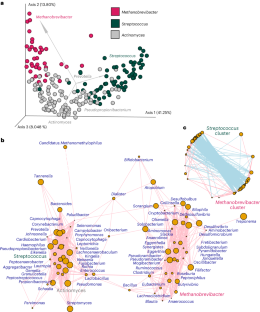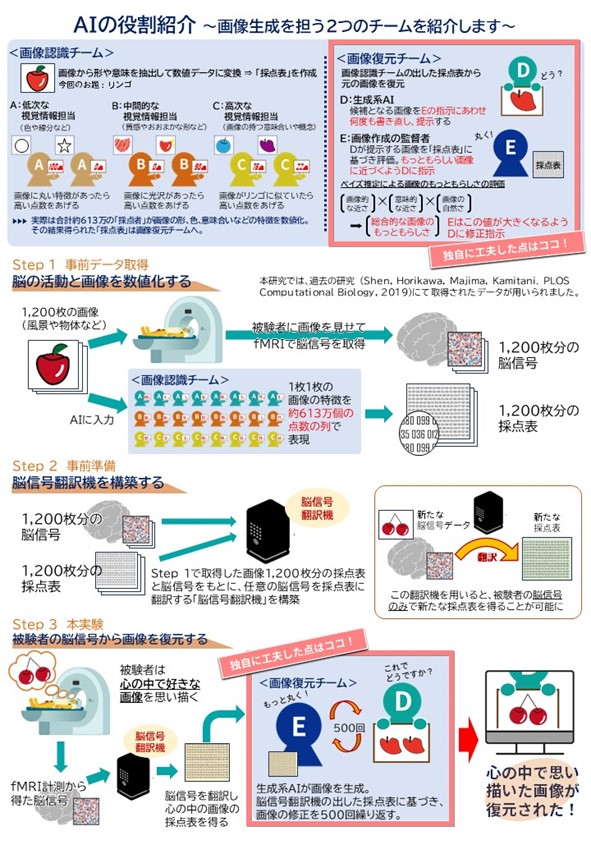2023-11-29 ペンシルベニア州立大学(PennState)
◆ペンシルベニア州立大学とアデレード大学の研究者による新しい研究によれば、このペストは、食事と衛生の変化を通じて、現代のヒトの口腔微生物叢の構成のシフトと関連している可能性があります。これが原因で現代の慢性疾患に寄与しているとされています。研究結果は、ネイチャー・マイクロバイオロジー誌に掲載されました。口腔微生物叢の起源を解明することは、現代の慢性疾患の理解と管理に寄与する可能性があります。
<関連情報>
- https://www.psu.edu/news/research/story/study-ancient-british-oral-microbiomes-reveals-shift-following-black-death/
- https://www.nature.com/articles/s41564-023-01527-3
古代の歯石により、英国のライフスタイルや病気に関連した口腔マイクロバイオームの変化が明らかになった Ancient dental calculus reveals oral microbiome shifts associated with lifestyle and disease in Great Britain
Abigail S. Gancz,Andrew G. Farrer,Michelle P. Nixon,Sterling Wright,Luis Arriola,Christina Adler,Emily R. Davenport,Neville Gully,Alan Cooper,Kate Britton,Keith Dobney,Justin D. Silverman & Laura S. Weyrich
Nature Microbiology Published:29 November 2023
DOI:https://doi.org/10.1038/s41564-023-01527-3

Abstract
The prevalence of chronic, non-communicable diseases has risen sharply in recent decades, especially in industrialized countries. While several studies implicate the microbiome in this trend, few have examined the evolutionary history of industrialized microbiomes. Here we sampled 235 ancient dental calculus samples from individuals living in Great Britain (∼2200 BCE to 1853 CE), including 127 well-contextualized London adults. We reconstructed their microbial history spanning the transition to industrialization. After controlling for oral geography and technical biases, we identified multiple oral microbial communities that coexisted in Britain for millennia, including a community associated with Methanobrevibacter, an anaerobic Archaea not commonly prevalent in the oral microbiome of modern industrialized societies. Calculus analysis suggests that oral hygiene contributed to oral microbiome composition, while microbial functions reflected past differences in diet, specifically in dairy and carbohydrate consumption. In London samples, Methanobrevibacter-associated microbial communities are linked with skeletal markers of systemic diseases (for example, periostitis and joint pathologies), and their disappearance is consistent with temporal shifts, including the arrival of the Second Plague Pandemic. This suggests pre-industrialized microbiomes were more diverse than previously recognized, enhancing our understanding of chronic, non-communicable disease origins in industrialized populations.



